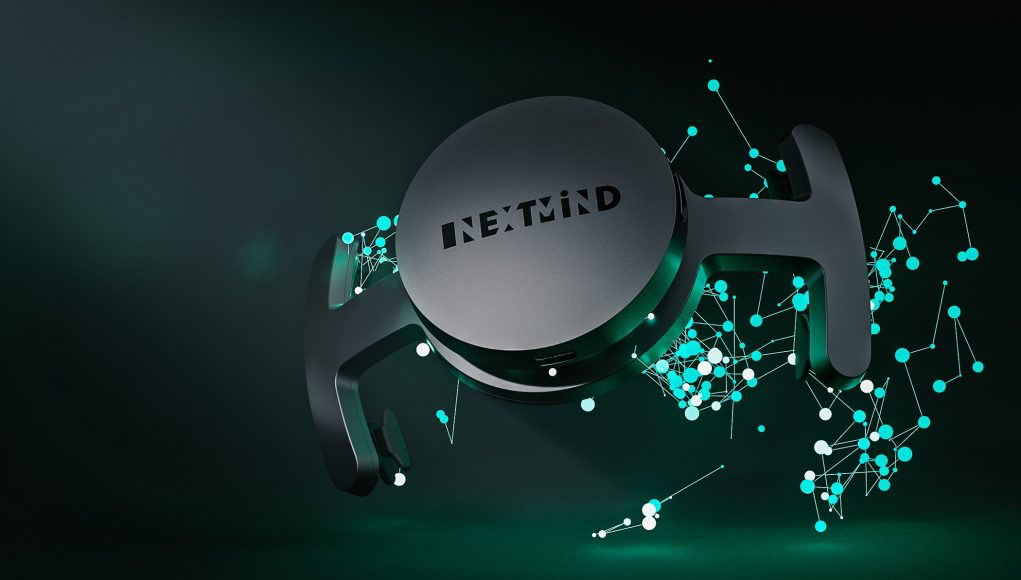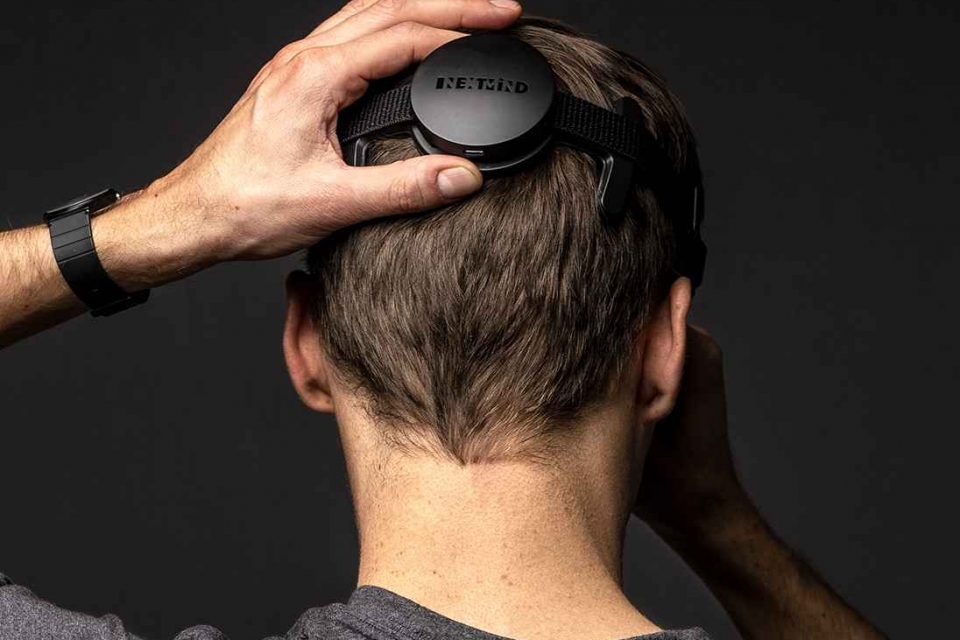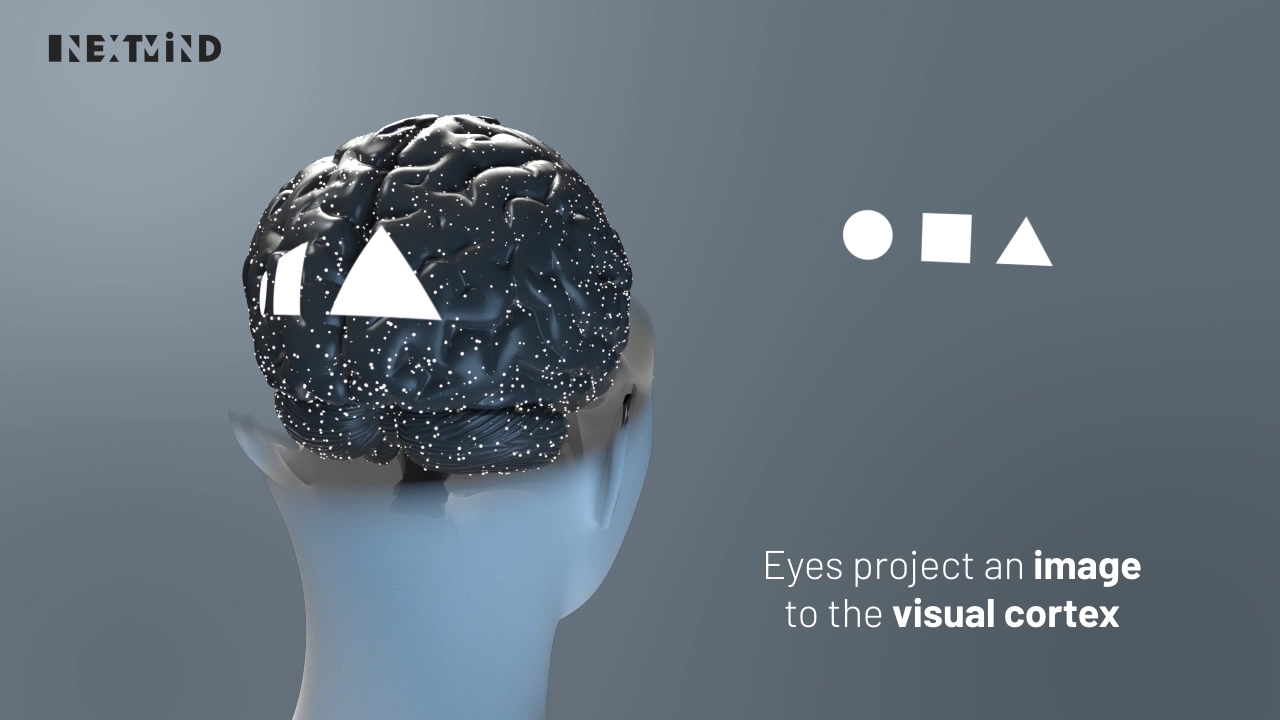NextMind, a Paris-based neuro-engineer team, has created a tool that is going to further the use of virtual reality in the world. Along with virtual reality, this non-invasive electroencephalogram (EEG) is going to change the way people can input their selections into the digital worlds. This is not only a tool for VR and/or AR, but for anyone trying to put minimal effort into their digital inputs.
EEGs have been used in medicine, neurology, cognitive science, and many other fields relating to those mentioned. But because this is non-invasive, this is not going to be nearly as accurate as other forms of EEGs. You could compare this to figuring out what is happening on the TV by watching the reactions of the viewers.
This feature attaches to the back of the head. This puts eight prong-like electrodes on you to pick up brain waves and signals from the visual cortex. NextMind is launching this product for many different tech-related fields, and VR is one of the most intriguing right now.
User Intent, Not Gaze
The idea of this EEG is to define and act on what the users intent is. By using learning algorithms and classifying what a successful result is, the waves will become more and more precise to the device throughout use. This is much different than regular eye tracking. Common eye tracking is used to determine where you are looking and how long you are looking at it. Then, the PC will act upon the object it has determined you are looking at. Essentially, it is a countdown timer that will only stop if you break your gaze.
This software from NextMind is completely different. Their goal is to read what you are focused on. You can glance away or look around occasionally, but as long as you are looking at and focusing on one object, you can interact to act on it with your mind.

This is new and different to any other eye tracking add-on or feature in any headset right now. For only $400, you can add this to plenty of headsets if you are a developer. It is connected via bluetooth, so you won’t have any extra wired hanging around your neck. Some of the processing is done by the device, but the bulk of it is offloaded to your headset’s power. NextMind hasn’t said how powerful your PC needs to be yet, but we are under the impression that the Oculus Quest will be compatible.
Future
As for use of this technology in the relative future, there’s no need. Unless you are a business trying to literally get in the mind of your employees, there’s no need for this tech this early on in development. Developers will have the opportunity to integrate this into their games and experiences, but we doubt many consumers will be getting the chance to use it any time soon.

Would you buy this piece of hardware and this software for $400? Let us know in the comments below! For more VR news and community updates, make sure to check back at VRGear.com.






























